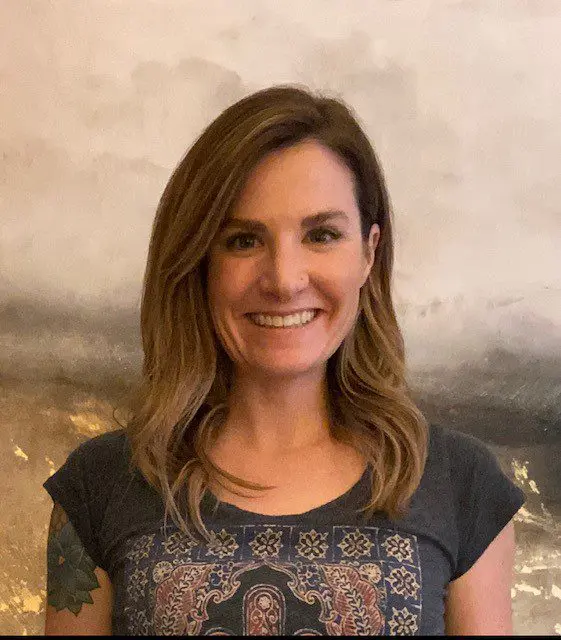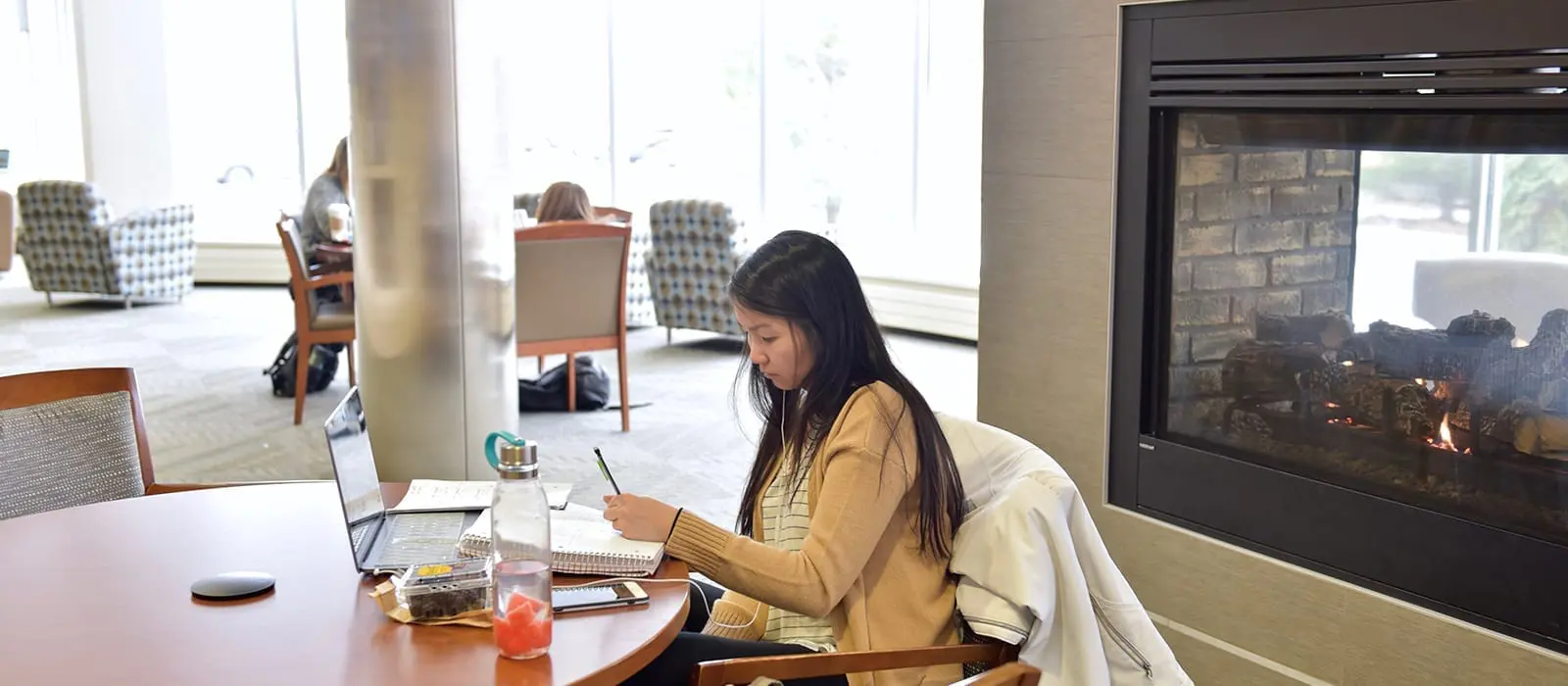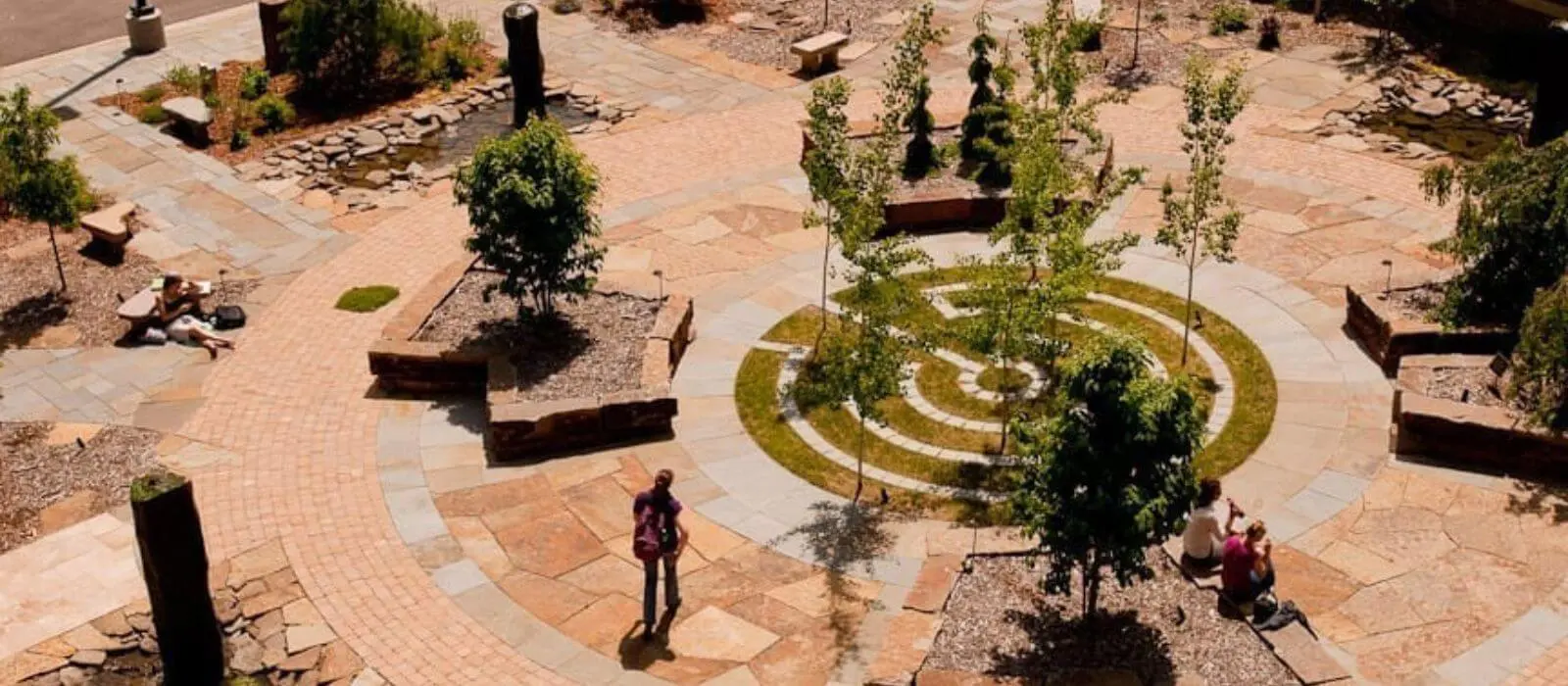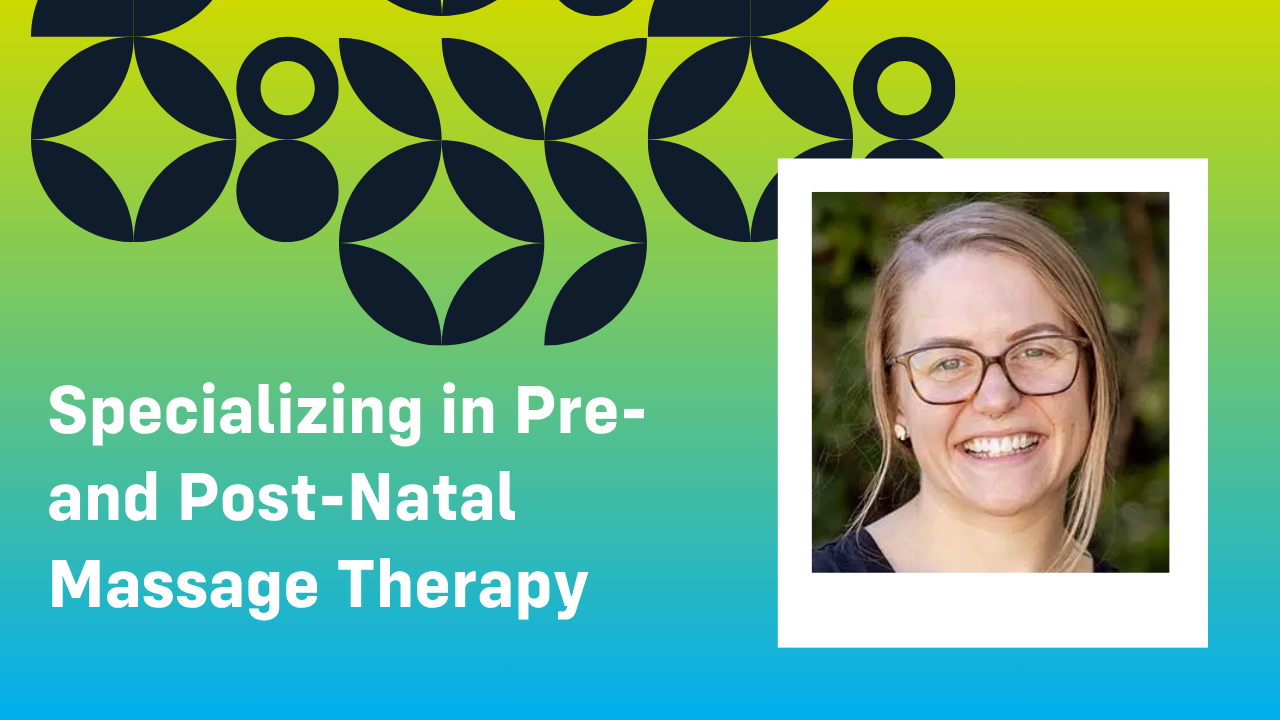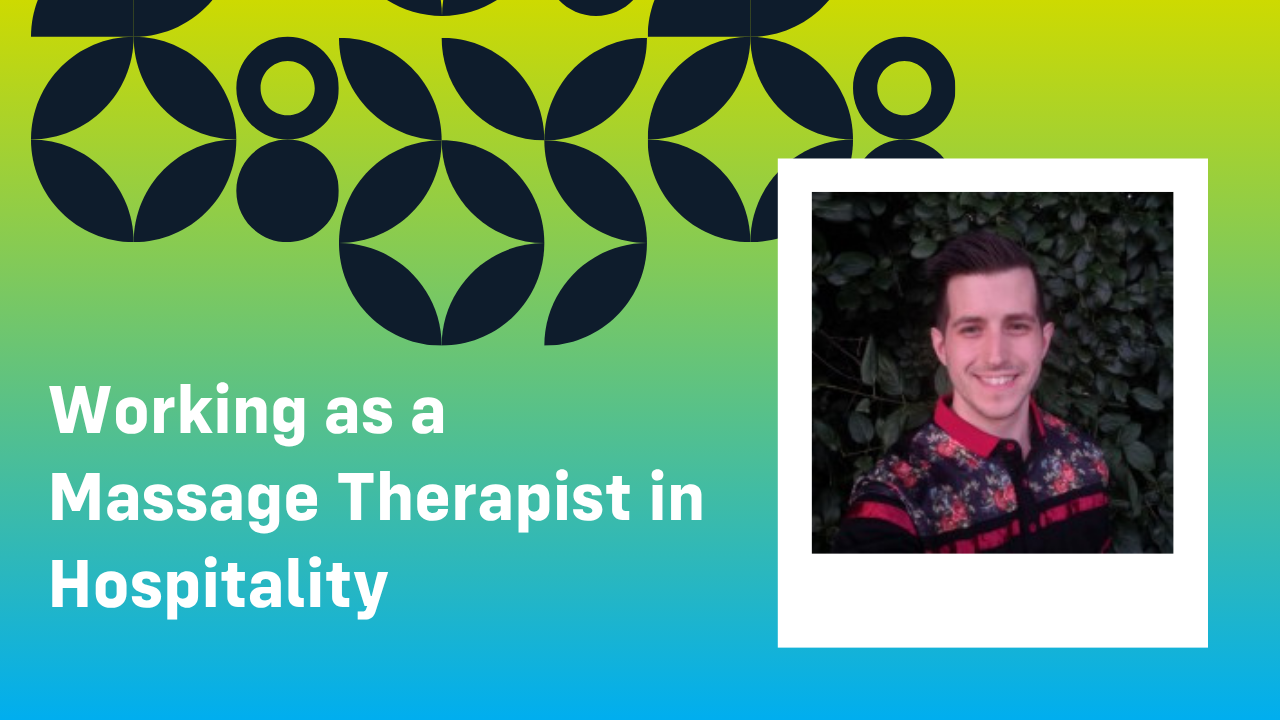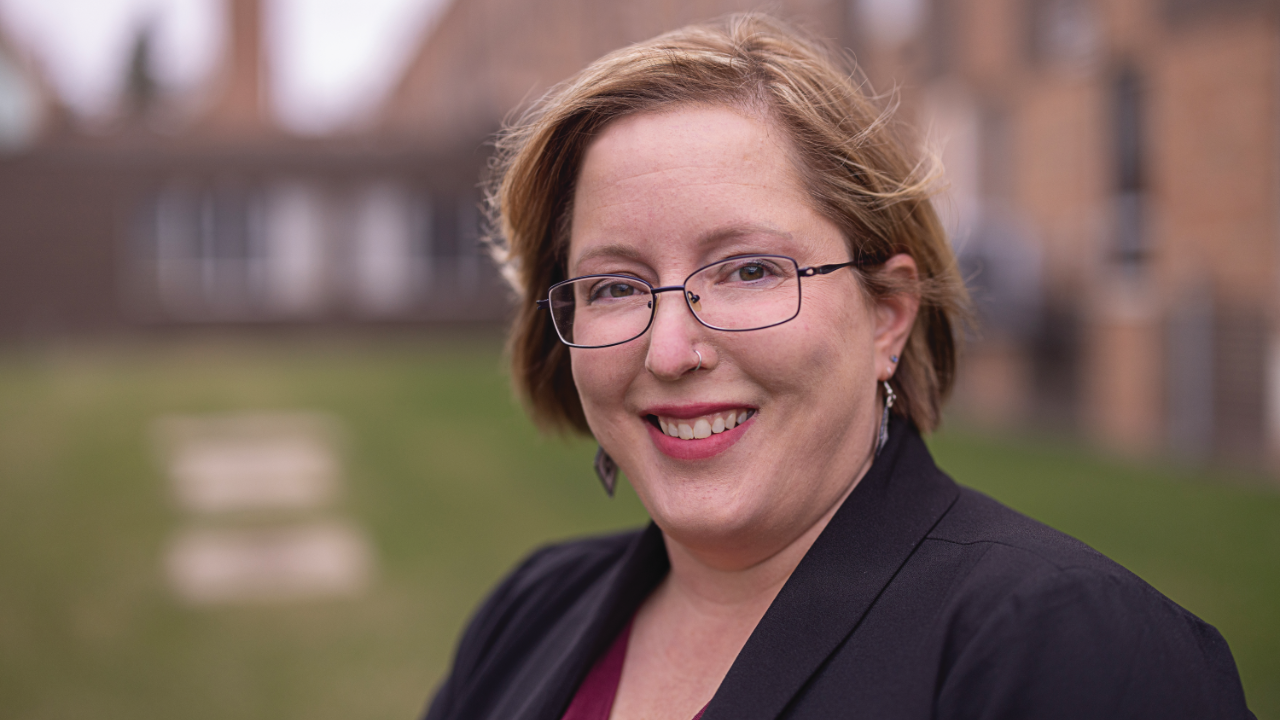Discover a Future in Natural Healthcare at an Accredited Massage Therapy School
NWHSU’s rigorous massage therapy school can turn your passion for healing into a rewarding career. Our anatomy-based curriculum, extensive clinical opportunities, and integrative, health-focused environment prepare you to make a real difference in the lives of your patients and clients.
Our massage therapy program features diverse electives and clinical opportunities that allow you to pursue your passions and specialize to stand out. We are the only program in Minnesota to offer both Eastern and Western massage certifications.
Whether you want to work with athletes, in hospital settings, or incorporate modalities such as Reiki into your practice, NWHSU can prepare you for success. No matter what you choose, our supportive faculty members will work with you to help you achieve your goals.
You’ll also work alongside practitioners in chiropractic care, acupuncture, and other integrative care disciplines: preparing you to work in the future of healthcare.
